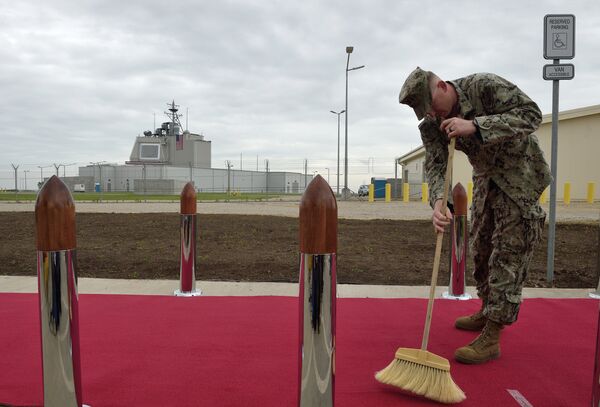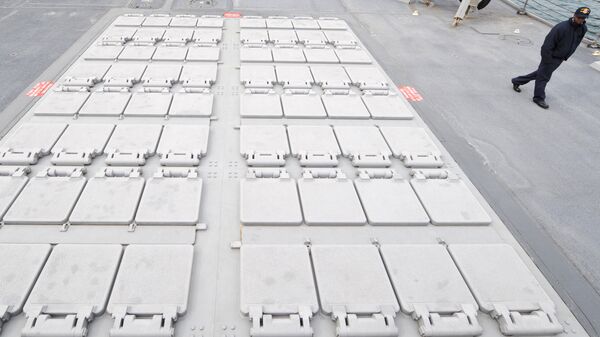The US' Aegis Ashore missile defence network in Eastern Europe is only partially operational thanks to repeated delays, cancellations and failures of interceptor missile testing and problems with contractors in Poland, a new report by the Government Accountability Office has concluded.
According to the GAO, in 2018, only seven of eleven planned flight tests were carried out. "Moreover," the report said, "construction contractor performance issues will result in the Aegis Ashore Missile Defence System Complex – Poland not being delivered until at least 18 months after the planned December 2018 date."
In the case of the Poland site, the report said officials have faced repeated problems with construction contractors despite multiple efforts to fix the issues, including the deployment of key personnel to the site, adding a second shift and withholding some award fees to the contractors due to the delays.
"Despite these efforts, [the Missile Defence Agency] has found the contractor's performance is still particularly poor in the areas of construction management, identification, procurement, timely delivery of important materials, and timely hiring of staff with appropriate skills," the report noted.
Moreover, the report said, the agency has had to negotiate with the Polish government to allow the Aegis site's powerful radar systems to take over a range of radio frequencies previously reserved for commercial use.
In Romania, the Missile Defence Agency was said to still be tinkering with various on the Aegis Ashore site, including malfunctioning cooling systems, three years after the site was declared operational.

GAO also warned about the testing schedule chosen for the missile defence system, saying that the tendency of holding off testing of key intercept capabilities until after the system has already been declared operational "can result in late, and costly, discovery of performance problems" down the road. In its recommendations, the agency proposes taking advantage of delays in the construction of the Poland Aegis Ashore base to carry out more testing.
Offensive Missile Defence
Russia has criticized the long-standing US efforts to build a missile defence system in Eastern Europe, saying the move could undermine strategic stability, and that the current base in Romania and the one being built in Poland were illegal under the terms of the Intermediate-range Nuclear Forces (INF) Treaty.
According to Russian officials, the MK-41 launch platforms used by the Aegis Ashore system are also capable of firing Tomahawk cruise missiles fitted with nuclear warheads. Washington has denied these claims, and assured Moscow that Aegis Ashore is able to fire only "defensive interceptor missiles."
In 2016, Russian President Vladimir Putin warned that the deployment of the Aegis Ashore system in Romania had forced the Russian military to target the site for destruction in the event of war.

On Friday, NATO chief Jens Stoltenberg met with Russian officials and assured them that the Eastern European missile defence system was "directed against threats from outside the Euro-Atlantic area" and "not…against Russia." However, the same day, several current and former US and NATO officials told the New York Times that the US Missile Defence Agency had already carried out preliminary studies on how to upgrade the Aegis Ashore systems to intercept modern Russian ballistic and cruise missiles amid tensions over the fate of the INF.
Washington moved to scrap the INF Treaty in February, with the arms agreement, signed by the Soviet Union and the United States in 1987, banning the development, deployment and testing of ground-based missiles in the 500-5,500 km range, and serving as a keystone to European security for over 30 years. Moscow announced that it would walk away from the treaty if the US doesn't reverse course by next month.

